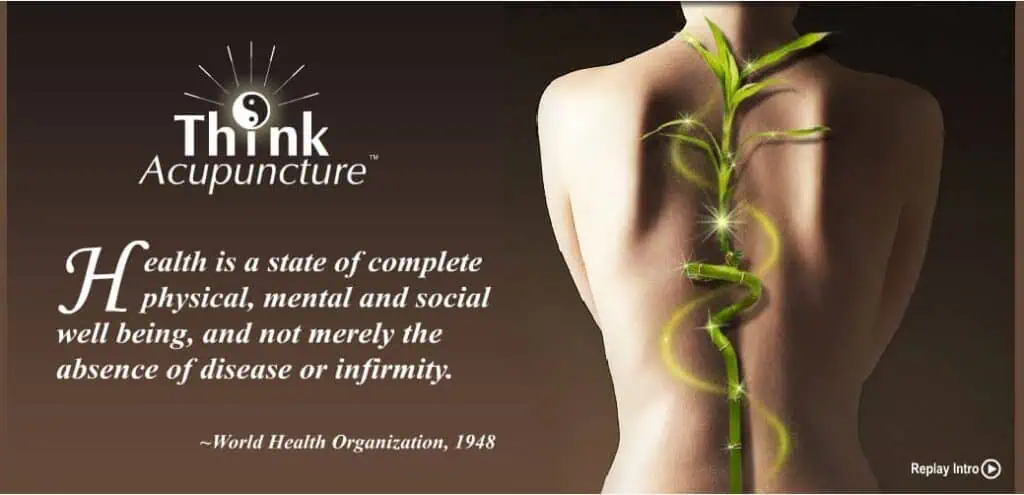Traditional Chinese and Japanese acupuncture recognizes that many times aches, pains and other discomforts are only symptoms of a deeper underlying health problem. Therefore, a comprehensive diagnosis is complied, which takes into account the individual’s body, mind, and spirit. The theory behind this healing approach is known as “Root-Branch Philosophy”. The “branch” is the symptom that the patient is experiencing and the “root” is the cause of the manifestation of that symptom. Initially the goal of treatment is to eliminate the symptom. Secondly the body is strengthened to prevent the reoccurrence and progression of disease. Prevention is the best medicine. Click here to find out more!

